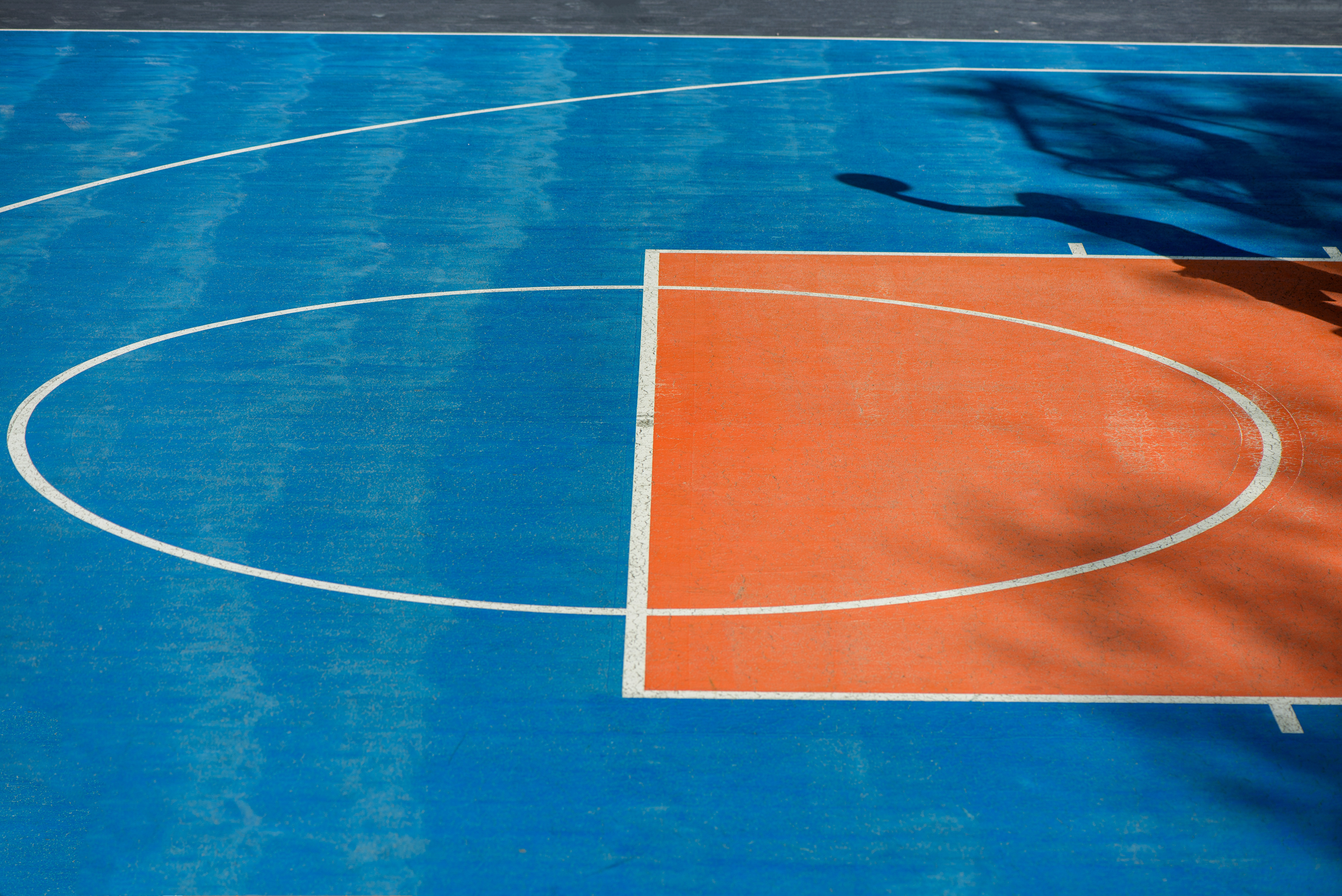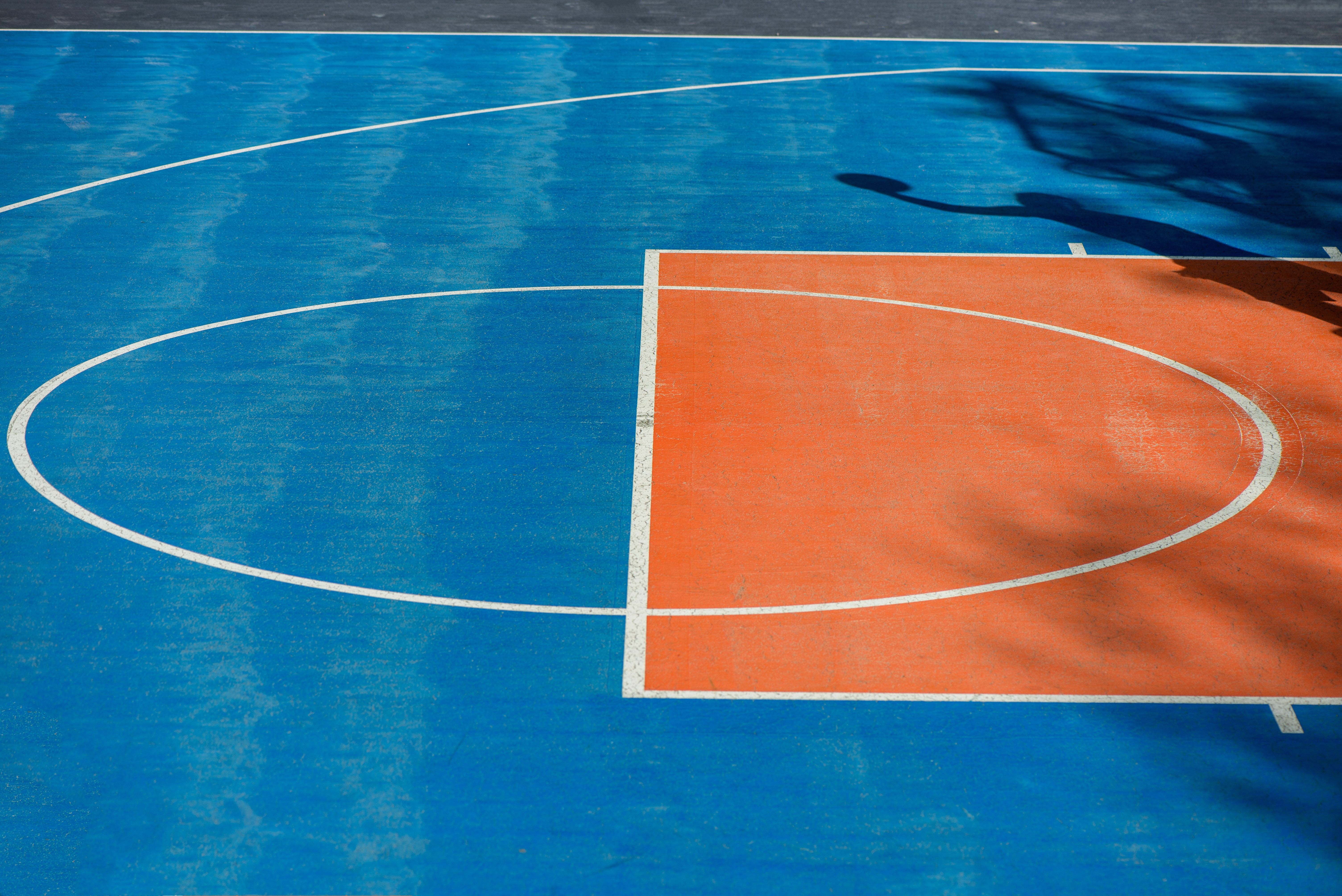
Outdoor sports courts are a hub for activity, competition, and recreation, but they face challenges beyond the games played on them. Weather conditions can take a toll on your court’s surface, structure, and functionality, leaving you with costly repairs and safety concerns if unaddressed. Understanding these impacts and how to mitigate them is key to maintaining a safe and durable playing area.
The Effects of Rain and Moisture
Water is one of the most common adversaries of outdoor courts. Rain and prolonged exposure to moisture can weaken the surface over time. Cracks often form as water seeps into small imperfections, expanding when temperatures drop. Pooled water can also accelerate wear on coatings and paint, leading to discoloration and slick spots that compromise traction.
Prevention and Repair
It’s important to maintain proper drainage around your court to counter the effects of moisture. Keep surrounding areas graded to direct water away. Regularly inspect your court for cracks, pooling, or stains, and address issues promptly. Using high-quality sealants and resurfacing products designed for outdoor use can also add a layer of protection.
How Sunlight and Heat Can Damage Surfaces
Sunlight is great for an enjoyable game, but prolonged exposure to UV rays can cause significant damage. Over time, the sun breaks down the materials used in court surfaces, leading to fading, brittleness, and deterioration. Dark-colored surfaces are particularly susceptible to heat absorption, which can soften certain materials, making them more prone to wear.
Staying One Step Ahead
Consider choosing UV-resistant coatings and materials when resurfacing your court to combat the impact of sunlight and heat. Adding shade structures around your facility can also provide relief from direct sunlight, reducing heat exposure during peak hours. Regular cleaning and inspection will help catch any early signs of damage caused by temperature shifts, allowing you to take action before problems worsen.
Winter Weather and Freezing Temperatures
Snow and ice present unique challenges for court owners in colder climates. When water trapped in cracks freezes, it expands, often widening the damage. Freeze-thaw cycles, where melting and refreezing occur repeatedly, can wreak havoc on the surface and underlying structure.
Protecting Your Court in Winter
Use non-metal shovels or snow blowers with rubber blades to avoid scraping the surface. Instead of salt-based products, opt for court-safe deicers that minimize damage. If possible, cover your court with a weather-resistant tarp during periods of heavy snowfall to keep it protected.
The Impact of Wind and Debris
The wind might not seem as damaging as rain or snow, but it plays a role in court wear and tear. Strong gusts can carry debris like sand, dirt, and leaves, which abrade surfaces when blown across or stepped on. Organic debris, like leaves, holds moisture against the surface, contributing to stains and mold growth.
Keeping Your Court Clear
Regular maintenance is your best defense against wind-related damage. Sweep or blow debris off your court frequently, especially after storms. Surrounding your court with windbreaks like fencing, shrubs, or trees can reduce the amount of debris that reaches the surface. These natural barriers can also increase the play experience by lessening the effect of wind on games.
The Role of Maintenance and Professional Care
While preventative measures go a long way, professional maintenance can keep your court conditioned. Regular resurfacing, sealing, and cleaning done by experts can address underlying issues that DIY solutions might overlook.
For all your court maintenance and resurfacing needs, our team at Spartan Sport Services, LLC is here to help you keep your court in peak condition year-round. Contact us today!



Post a Comment